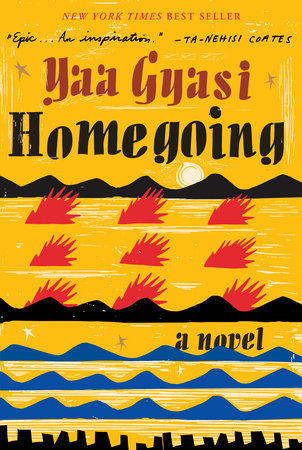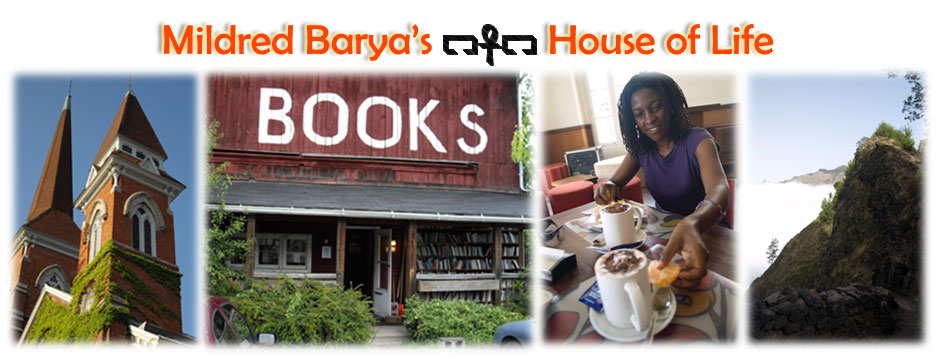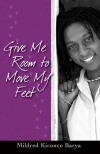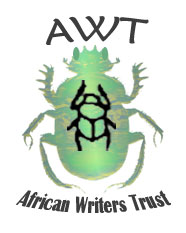This is not going to be a review.
 I came to this great novel via my compatriot and mentor in Syracuse, Arthur Flowers. He left me a phone message praising the novel and also suggesting that it reminded him of some of the strategies I was dealing with (or needed to pay attention to) in my novel manuscript. The connection sparked my interest but I also felt some shame because it’s been some time (a year!) since I last tinkered with my manuscript. Some of the procrastination comes from knowing that I need to make one major change in POV that would likewise change everything. I thought if I could do one productive thing this summer, it would be to revise the manuscript. Again. I read Homegoing instead and admired its breadth, weight and beauty, far-reaching. The novel pursues one thread that covers 300 years in Ghana (begins in 1700’s) and another thread–the same 300 years–in America, across 300 pages. That alone is staggering and Yaa Gyasi pulls it off first by providing a character table so the reader can know which character is descended from who, and also by dedicating chapters to particular characters so you focus on one character at a time, and by the time each chapter closes, you know very well the individual stories without confusing the characters. This narrative strategy is simple and effective. It serves the novel appropriately considering that the novel tells the stories of many characters across generations.
I came to this great novel via my compatriot and mentor in Syracuse, Arthur Flowers. He left me a phone message praising the novel and also suggesting that it reminded him of some of the strategies I was dealing with (or needed to pay attention to) in my novel manuscript. The connection sparked my interest but I also felt some shame because it’s been some time (a year!) since I last tinkered with my manuscript. Some of the procrastination comes from knowing that I need to make one major change in POV that would likewise change everything. I thought if I could do one productive thing this summer, it would be to revise the manuscript. Again. I read Homegoing instead and admired its breadth, weight and beauty, far-reaching. The novel pursues one thread that covers 300 years in Ghana (begins in 1700’s) and another thread–the same 300 years–in America, across 300 pages. That alone is staggering and Yaa Gyasi pulls it off first by providing a character table so the reader can know which character is descended from who, and also by dedicating chapters to particular characters so you focus on one character at a time, and by the time each chapter closes, you know very well the individual stories without confusing the characters. This narrative strategy is simple and effective. It serves the novel appropriately considering that the novel tells the stories of many characters across generations.
The other amazing feat is that Homegoing is a historical novel that does not overwhelm you with histories. The events, just like the characters, are filled with emotional power. Everything matters. Familial and national participation in slavery from pre-colonial to the present moment is tracked through various characters and circumstances. The perspectives are fresh and visceral, you can’t help but think and feel. strongly. Two half sisters, Effie who stays in Ghana thread, and Esi who is sold into slavery to North America…
While reading this novel you inevitably think about the author, Yaa Gyasi’s attention to craft in storytelling. It’s not just the story that matters but how it’s told, scaffolded, and the power of narrative to touch us deeply. I think such belief is the core of this novel.
First published by Knopt in 2016, I’m glad this novel exists and highly recommend it. The year hasn’t ended and might still bring to my world other beautiful works, yet I’ll say that Homegoing is my 2016 fiction novel. In it is a lot to admire, love and learn. It will provide inspiration for writers and/or students who have challenges with craft, who want to be natural and original, and for readers who appreciate great fiction, good storytelling. My students particularly, at some point, will discuss this book.






No comments yet.